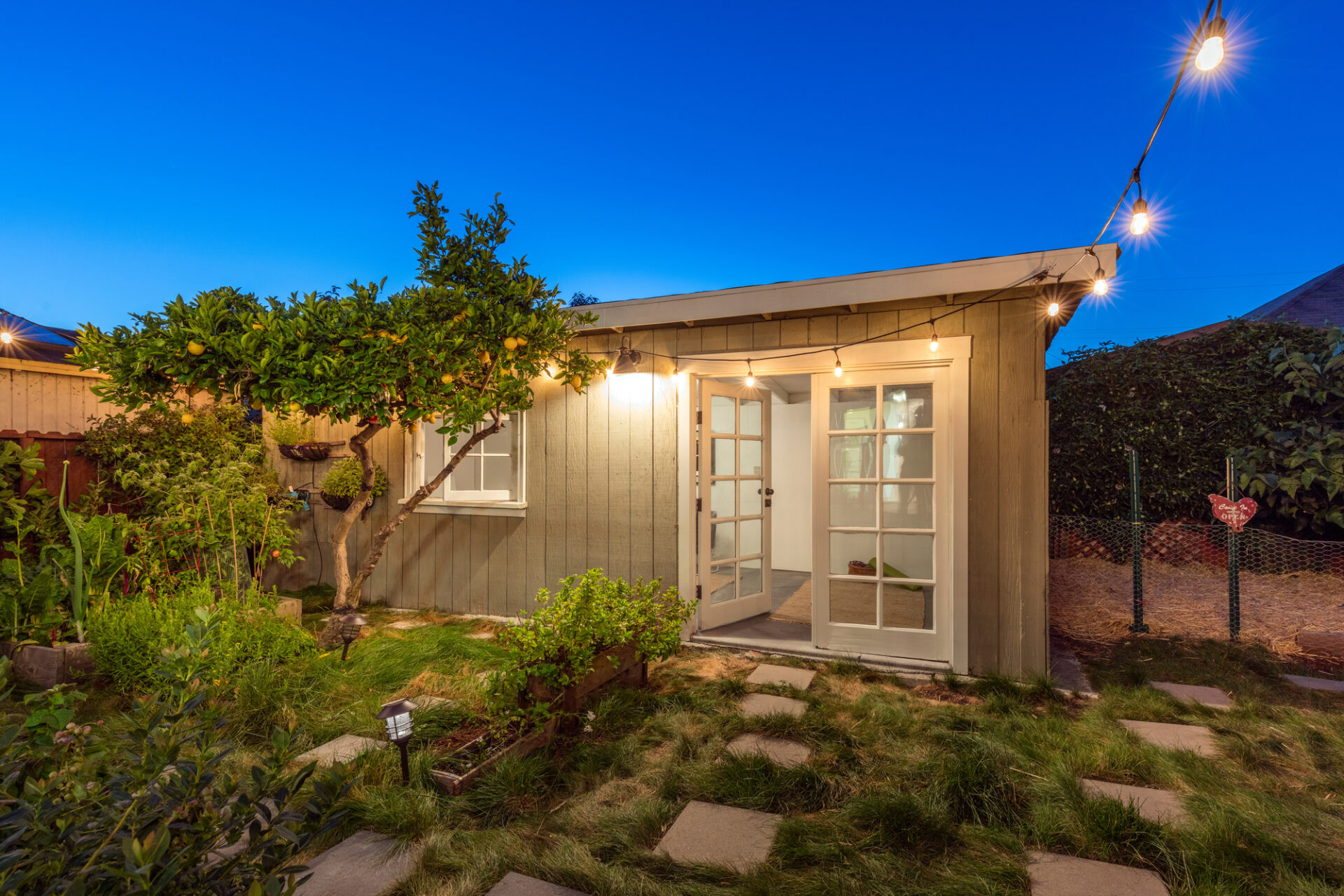The tiny home movement has taken the world by storm, offering an eco-friendly, minimalist, and cost-effective way to live. However, choosing the perfect tiny home for your lifestyle is not a one-size-fits-all decision. From design preferences to practical considerations, there are many factors to weigh before making your investment.
In this guide, we’ll walk you through everything you need to consider when selecting the ideal tiny home, tailored to your unique needs and aspirations. Whether you’re a couple, a retiree, or someone seeking a simpler lifestyle, this guide is for you.
Table of Contents
1. Assess Your Lifestyle and Needs
Before diving into tiny home designs, take a step back and evaluate your current lifestyle and long-term plans.
Questions to Ask Yourself:
- Who will be living in the tiny home?
- Singles, couples, or families have different space and functionality requirements.
- What activities will take place in the home?
- Consider work-from-home setups, hobbies, or the need for entertainment spaces.
- How often will you be using it?
- Will it be a permanent residence, a vacation retreat, or a rental investment?
By clarifying your lifestyle needs, you’ll have a better idea of the space, design, and features that will suit you best.
2. Understand Your Space Requirements
Tiny homes come in various sizes and layouts. At Cottage Cabins, we offer a range of options to suit different lifestyles, including:
- 20ft Cottage (37sqm): Perfect for singles or minimalists.
- 30ft Retreat (56sqm): Ideal for couples seeking more room.
- 40ft Lodge (74sqm): Best for families or those needing extra space.
- 20ft Bungalow (22sqm): Compact and efficient for short stays or guest houses.
- 20ft Cabin (15sqm): Great for retirees or hobby spaces.
Tips for Choosing the Right Size:
- Opt for a larger model if you need more storage, a separate bedroom, or a full kitchen.
- Smaller models are ideal for those who embrace minimalism and prioritize outdoor living.
- Consider ceiling height; for instance, our 2.6m ceilings accommodate ceiling fans or pendant lighting, enhancing comfort.
3. Prioritize Functionality Over Aesthetics
While it’s tempting to choose a home based on its looks, functionality should always come first. Tiny homes need to maximize every square inch to serve multiple purposes.
Key Functional Features to Look For:
- Multi-purpose furniture: Foldable beds, expandable tables, and hidden storage options.
- Efficient layouts: Ensure the design includes essential spaces like a kitchenette, bathroom, and living area.
- Storage solutions: Built-in shelves, under-bed storage, and loft spaces can make a big difference.
At Cottage Cabins, we specialize in crafting designs that merge timeless aesthetics with smart storage solutions.
4. Consider Your Location
The placement of your tiny home is just as important as its design. Your location impacts zoning laws, site preparation, and the overall experience of living in a tiny home.
Factors to Keep in Mind:
- Zoning and regulations: Check local laws to ensure tiny homes are permitted in your area.
- Site conditions: Evaluate access to utilities, soil stability, and weather conditions.
- Orientation: Position your home to maximize natural light and ventilation.
For those unsure about site preparation, we offer site assessment services, including advice on footings, foundations, and access.
5. Decide on Customization Options
One of the joys of owning a tiny home is the ability to customize it to reflect your personality and needs. From interior design to external finishes, your home can be as unique as you are.
Customization Ideas:
- Interior: Choose your color palette, furnishings, and lighting options.
- Exterior: Add window hoods, paint finishes, or decking for outdoor enjoyment.
- Sustainable features: Consider solar panels, water-saving fixtures, and energy-efficient appliances.
6. Budget Wisely
Tiny homes are an affordable alternative to traditional housing, but costs can still vary depending on size, customization, and additional services.
What to Budget For:
- Base model: Factor in the cost of the tiny home itself.
- Add-ons: Consider expenses like decking, window hoods, and furniture.
- Delivery and assembly: Include transportation and installation costs.
- Ongoing costs: Budget for utilities, maintenance, and possible upgrades.
7. Plan for the Future
Your needs today may not be the same as they are five or ten years from now. Choosing a flexible tiny home design ensures it remains functional as your lifestyle evolves.
Long-Term Considerations:
- Will you need more space for a growing family or aging parents?
- Can your tiny home serve as an investment property in the future?
- Is the structure adaptable for different uses, such as a guest house or workspace?
8. Seek Expert Guidance
Choosing the right tiny home can be overwhelming, especially if you’re new to the concept. Working with experienced professionals ensures you make informed decisions.
At Cottage Cabins, we provide full-service support, from site preparation to installation. Our team is dedicated to helping you navigate the process seamlessly, whether you’re designing a custom tiny home or selecting one of our pre-designed models.
Conclusion
Finding the perfect tiny home for your lifestyle is a rewarding journey. By evaluating your needs, considering practical aspects like size and functionality, and planning for the future, you can create a space that’s uniquely yours.
If you’re ready to take the next step, visit Cottage Cabins to explore our range of tiny homes and services. From customizable designs to comprehensive installation support, we’re here to bring your tiny home dreams to life.





